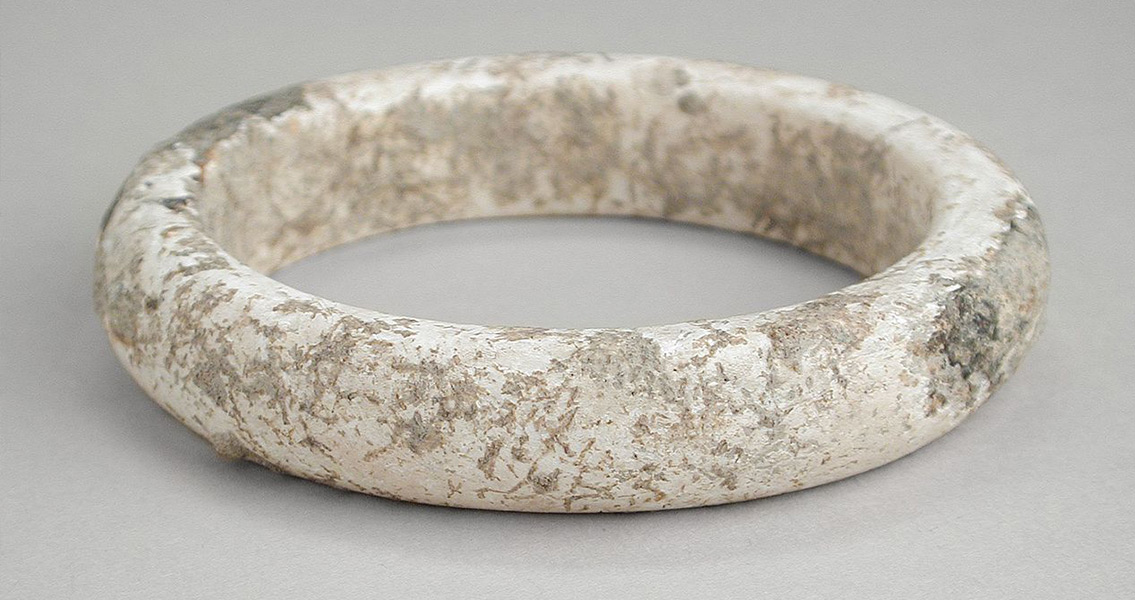<![CDATA[A team of environmental scientists and archaeologists from the universities of Bradford, Leeds and Cork have proved definitively that climate change did not cause a Bronze Age population crash. The results, published in ‘Proceedings of the National Academy of Sciences’, show that human activity started to decline after 900BCE, then fell rapidly after 800BCE. The paper shows that climate change could not have been responsible for this, as colder, wetter conditions did not occur until several generations after the initial population collapse. The Late Bronze Age is often seen as a time of plenty, especially in comparison with the impoverished Early Iron Age that followed. The contrast between the two periods is usually considered to be the result of a population crash caused by an increasingly harsh climate. Scientists and historians, however, will now have to find alternative explanations for this huge Bronze Age population drop. Human activity through time is reflected in the number of carbon dates for a given period, differences between periods provide evidence of population fluctuations. The team used new statistical techniques in order to analyse more than 2000 radiocarbon dates, from hundreds of sites in Ireland. They hoped to precisely pinpoint the dates when Europe’s Bronze Age population crashed. The team also wanted to ascertain when the climate had shifted towards a cooler, wetter environment. By comparing the archaeological data with their own analysis of Irish peat bogs, the team created a record of the European climate from 1200 to 500BCE. "Our evidence shows definitively that the population decline in this period cannot have been caused by climate change," lead author of the study Ian Armit, Professor of Archaeology at the University of Bradford, told the Daily Mail. Professor Armit suggests that social and economic stress could be more likely explanations for a drastic population decrease. In the Bronze Age, communities needed to trade over vast distances to obtain copper and tin. Stable control networks enabled the creation of complex social hierarchies, dominated by warrior elites. As bronze was superseded by iron, these hierarchies deteriorated, leading to conflict and social collapse. Unstable social conditions, rather than climate change, could have led to the population collapse at the end of the Bronze Age. Professor Armit did admit that climate change would have had a serious impact on the communities it affected. “Although climate change was not directly responsible for the collapse it is likely that the poor climatic conditions would have affected farming. This would have been particularly difficult for vulnerable communities, preventing population recovery for several centuries.” So whilst climate change did not cause the crash, it did exacerbate its effects on human populations. The consequences of climate change on ancient civilisations are often used to predict the future effects of modern climate change. Professor Armit says that there are some similarities, but the relationship between climate change and human population is a very complex one. “If you have high quality data and apply modern analytical techniques,” Professor Armit said, “you get a much clearer picture and start to see the real complexity of human/environment relationships in the past.”Climate Change, Bronze Age, Environment]]>
Climate Change Ruled Out as Cause Of Bronze Age Population Crash
